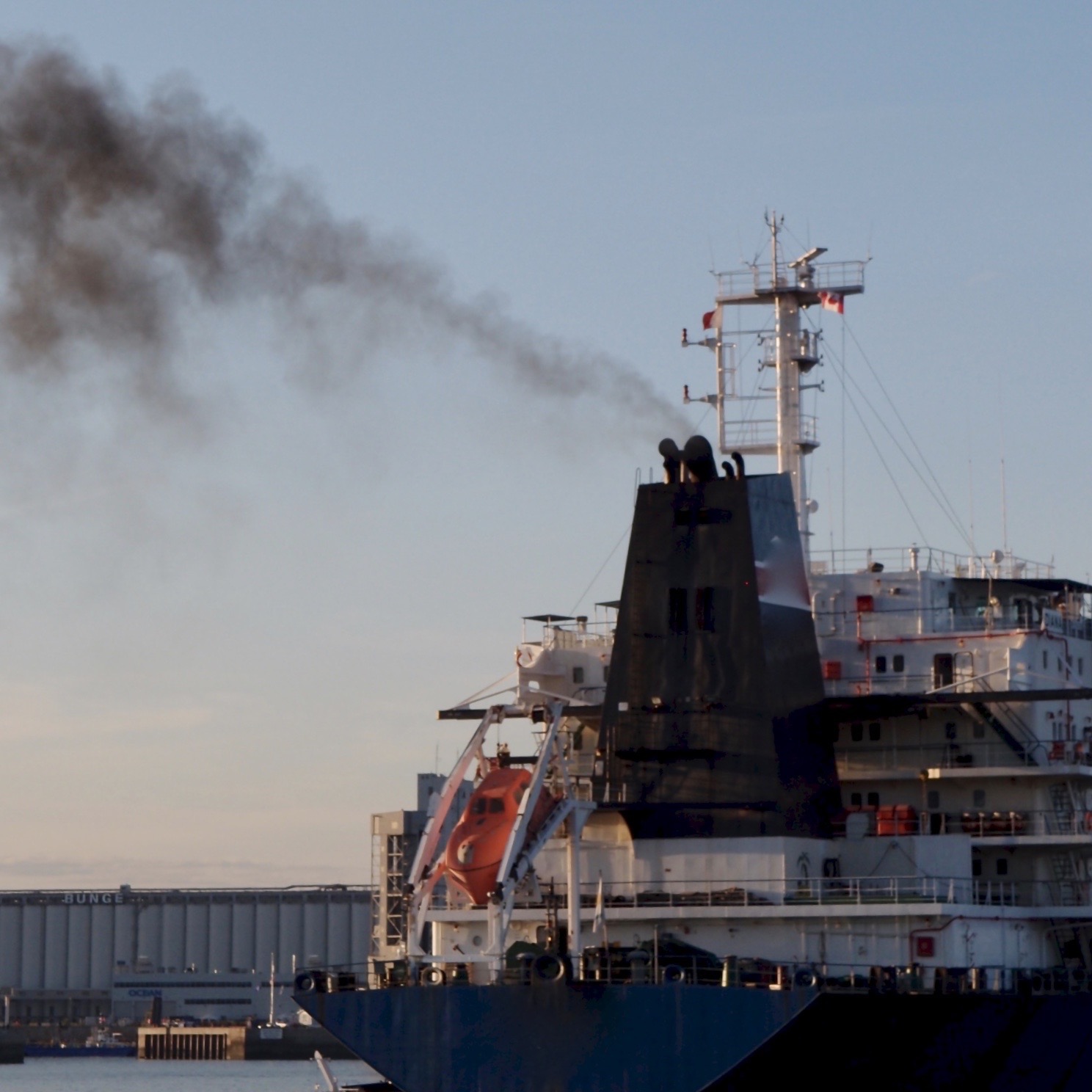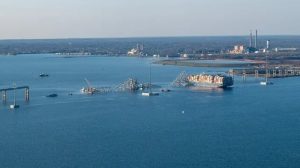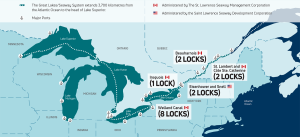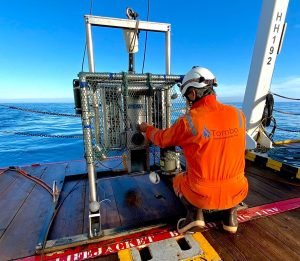In the final report from a study for OGCI and Concawe on the “Technological, Operational and Energy Pathways for Maritime Transport to Reduce Emissions Towards 2050”, pathways are given to attain IMO 2050 GHG reduction targets.
The context for this study is the International Maritime Organization’s (IMO) level of ambition to reduce the total carbon emissions from international shipping by 50% in 2050 compared to 2008 levels, as well as reducing the carbon intensity of international shipping by at least 40% by 2030 and 70% by 2050 (again compared to a 2008 base year)1. Given the commitments at a country level for the reduction of GHG emissions under the Paris Agreement, and that global GHG emissions from shipping if ranked among countries would be the sixth largest in the world, it is important that work is done to reduce GHG emissions from international shipping that will otherwise not be addressed at a country level.
The IMO’s fourth greenhouse gas study, published in 2020, gave their forecasts for the future development of emissions from international maritime transport, under wider global economic scenarios consistent with limiting global temperature rise to less than 2°C.
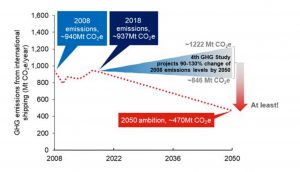
These projections emphasised the considerable challenges that the industry faces to meet the 2050 ambition.
The evidence-based study outlines the need for large-scale deployment of new technologies and the use of low-carbon fuels to help the sector reduce greenhouse gas emissions by at least 50% by 2050 compared with 2008 levels to achieve the IMO target.
The study, produced for OGCI and Concawe by Ricardo, a global energy and environmental consultancy, outlines three possible pathways broadly characterised as:
- The early pursuit of green ammonia and hydrogen; Ammonia and hydrogen would be used for some new build vessels from 2025, ramping up to all new-build ships by 2035. There would be a transitioning from “grey” to “blue” to “green” pathways for alternative fuels. There would be a medium take up of energy efficiency technologies and operational measures. A 10% speed reduction was assumed for slow steaming.
- Replacing fossil fuels with drop-in liquid and gaseous biofuels;From 2025, HFO, MDO and LNG use would be increasingly substituted with drop-in biofuels (FAME, HVO and bio-methane (BioLNG)). There would be medium take up of energy efficiency technologies and operational measures. A 20% speed reduction is assumed for slow steaming.
- Maximum uptake of energy efficiency technologies, carbon capture onboard vessels and the gradual increase of green ammonia and methanol.This focuses on maximising technology use with subsequent transition to alternative fuels. There would be a high take up of energy efficiency technologies and operational measures. A 30% speed reduction os assumed for slow steaming. Onboard carbon capture would be included in some new vessels (using carbon-containing fuels) post-2030. Ammonia and methanol fuel would gradually be introduced on new-build vessels by 2035, with LNG being used by the remainder of new vessels. There would be a transition from grey to blue to green pathways (and LNG to BioLNG) for alternative fuels.
All three pathways are estimated to meet the IMO’s decarbonisation goals when calculating greenhouse gas emissions from well-to-wake. However, when considering total costs through to 2050, the study estimated that pathway 2, while facing fewer barriers to deployment, would be more expensive than the fuel switches of pathways 1 and 3 that would require new vessel engine investments.
Tim Scarbrough, Ricardo Associate Director and one of the report authors, said: “This analysis shows that research investment in the short term to demonstrate the deployment of zero and low carbon fuels will pay off in the long term.
“Unlocking these zero-carbon fuel pathways will avoid higher emission pathways becoming locked in. At the same time, the deployment of energy efficiency technologies and operational measures is also vital in the short term to reduce the consumption of fossil fuels prior to that transition. A tightening of the IMO’s decarbonisation target would help to underline the need for these near-term choices.”
The consultancy, which recently released a white paper on the future of the maritime industry, is currently involved in two Scottish Islands projects centred on decarbonising maritime activities. It is part of the consortium undertaking the ambitious Hydrogen in an Integrated Maritime Energy Transition project focused on ferry services in Orkney, and the £500,000 NEPTUNE project, funded by the Department for Transport, to support the transition to zero-carbon fuels for the Shetland Islands’ marine sector.
Mr. Scarbrough said: “Our experience not just in the shipping sector, but also with the various decarbonisation technologies, is well recognised. And we will continue to support our clients to achieve their ambitions.”
To read the full OGCI/Concawe report, Technological, Operational and Energy Pathways for Maritime Transport to Reduce Emissions Towards 2050, click here


